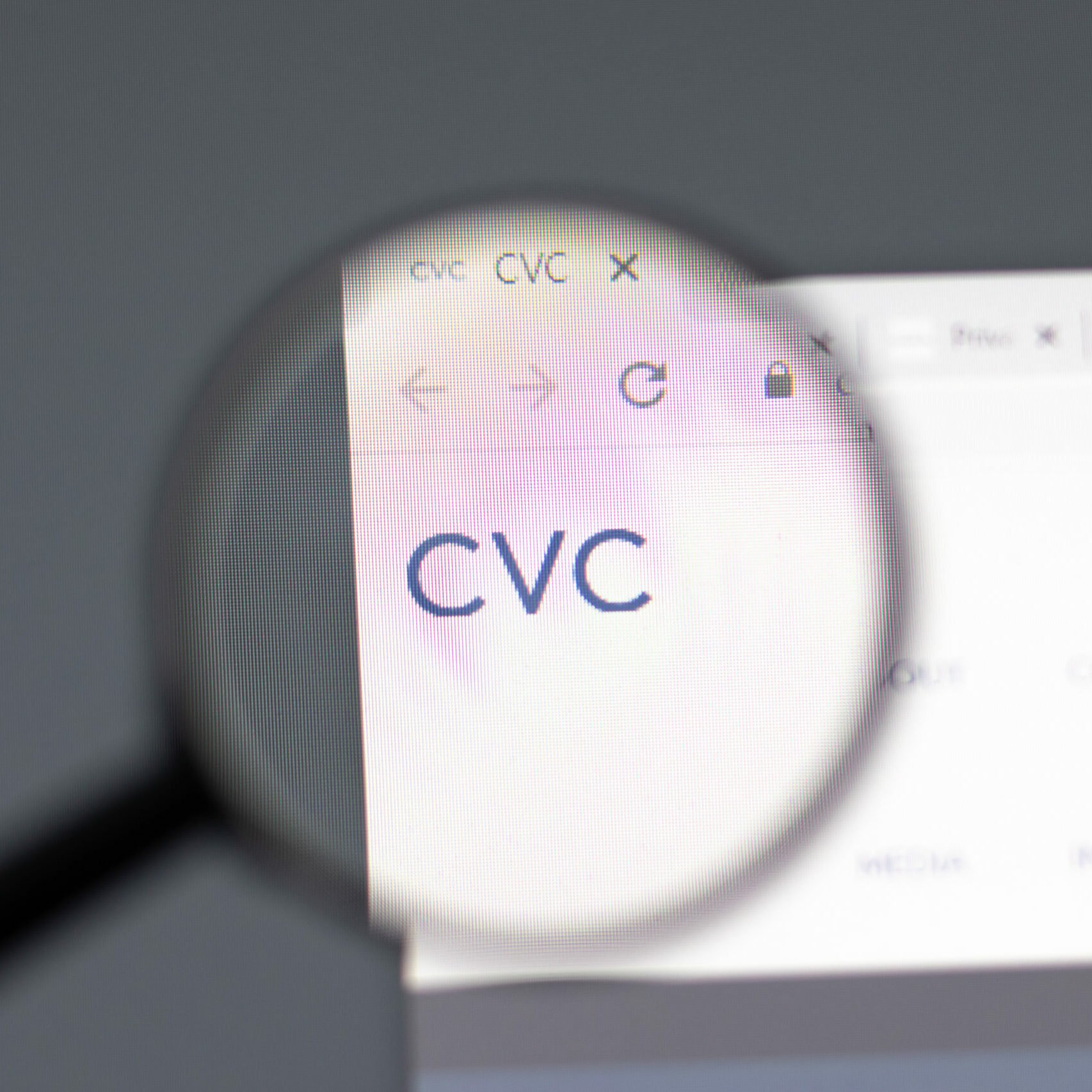Private equity managers face a number of challenges relating to data – namely issues around aggregation, analysis, security and delivery. Smart deployment of technology solutions can help alleviate these pressures.
“Having access to time-saving and risk-reducing technology will continue to play an important role in the success of PE managers,” says Jill Calton, executive director of Alternative Investments at UMB Fund Services, Inc., “The most relevant services and solutions include onboarding investors, clearing regulatory hurdles related to AML efficiently and effectively, maintaining data in a secure and standardised format, and the ability to utilise that data for analytics and reporting.”
PE firms have various options when it comes to applying such technology to their business. Larger firms have the ability to buy or build their own solutions, given larger budgets and more capital to invest. Whether a fund builds, buys or outsources, these can have an impact on the investor, investment and overall fund life cycle.
Smaller firms may opt for service providers that can provide access to technology platforms they could otherwise not afford. Calton points out: “Cost is not the only consideration PE managers should consider. They should prioritise their own data needs as well as those of their limited partners (LPs), along with how that the information needs to be secured.”
According to Calton, the use of blockchain in the subscription process could significantly improve this security element, particularly as it pertains to client onboarding. It would also speed up the process by eliminating the steps necessary to confirm the parties involved are who they say they are and by reducing the risk of breaches and cyberattacks. “While we have not seen the technology widely adopted, it is emerging and could have a meaningful impact on the industry,” Calton says.
Data demands
Meanwhile, investor demand for timely and transparent data continues to grow. Calton considers how GPs interact with LPs pre- and post-investment and the role technology plays in this: “Data is king. LPs and GPs want the ability to maintain and access data that can be used in a variety of ways from analysing holdings and returns, supporting the information needs of LPs and other related parties, and supporting their tax and regulatory requirements.
“Many funds have multiple products with investor allocations. Without the aid of technology, providing relevant information would be a manual, time-consuming and error-prone process. Therefore, technology needs to help parties on all sides of the transaction have transparency about the current stage of investment, subscription document status, and when the subscription is accepted and effective.”
Many PE managers also struggle with “data sprawl”. Commonly a result of using multiple service providers at one time or changing service providers over the life of a fund, this practice can lead to data being housed in many different locations with different formatting and strategies for said data. Bringing a level of consistency to this aspect of a PE business can improve the utility of the data as well as enhance the PE managers’ relationship with their clients through better reporting and transparency.
In dealing with challenges around data aggregation, analysis, security, and delivery, having a service provider’s support can help PE firms overcome them, especially when there are difficulties related to internal resources. “At UMB we’ve demonstrated how state-of-the-art technology makes a big difference — especially when that technology is agile and can be updated and enhanced quickly to keep up with evolving needs,” Calton notes.
Automation is a function which technology can help deliver. Within the PE world, many have historically lamented the difficulty in automating certain processes. Calton echoes these struggles: “The big challenge is standardisation. A lot of information that PE managers want to maintain can be found in quarterly reporting documents. These documents are extremely complex and detailed, and the layout of the reports vary from fund to fund. Optical character recognition only works if the information can be templated and consistently applied.”
The focus in applying automation to PE has been the way information about their investments is delivered to LPs. This conversation has now moved far beyond an ending capital balance reported to them days, weeks or months after a period end. Calton underscores: “LPs want pertinent information, and they want that information delivered faster. Service providers are typically the best source for providing that information and to meet the demands are turning to bots and to automate the data aggregation process.”
Calton also points out that, like many industries, the world of PE is is struggling to recruit and retain top talent, even in operational or technology-related fields. This can prove challenging if managers are trying to implement new digital solutions, further highlighting the benefits third party support can provide.
Jill Calton, CPA, EVP, Executive Director Alternative Investments UMB Fund Services – Jill leads the alternative investment servicing business of UMB Fund Services, which offers a full range of back-office services for alternative investment funds. Her responsibilities include organizational leadership, strategic development and fiscal management. This includes overseeing the teams that provide fund accounting, administration, investor reporting, tax and audit services for the company’s alternative investment clients. She is a certified public accountant and a member of the Utah Association of CPAs. She also serves on the Hedge Fund Association’s board of directors.






